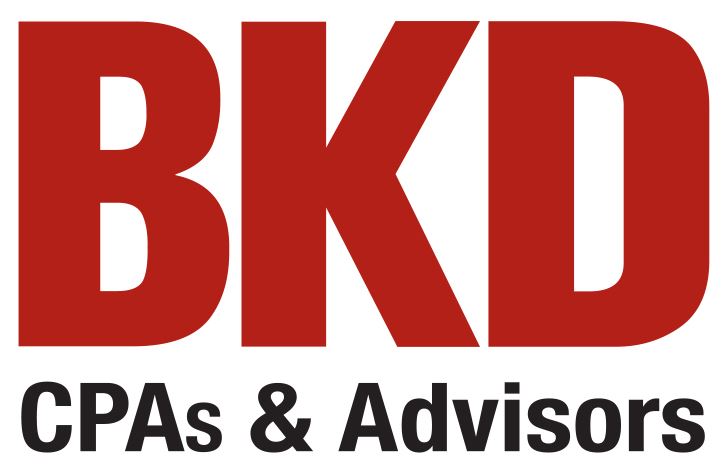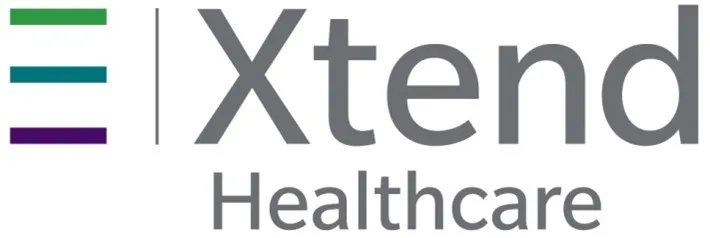‘Disruption is Real’
Reflections on HFMA’s Healthcare 2030 Series
By PAUL BARR, HFMA Senior Editor
HFMA produced a four-part series looking at different aspects of healthcare and how they might change in the 2020s. The four parts were the CFO of the Future, Workforce of the Future, the Future of Consumer Expectations and the Future of Strategic Investment, which can be found at HFMA.org/healthcare-2030. We asked the supporters of the series to provide some analysis of the series’ findings.
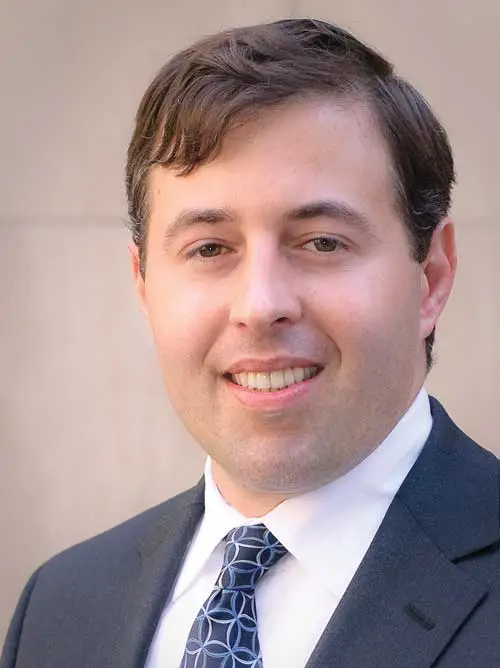
MIKE QUINN
MANAGING DIRECTOR AND HEAD OF HEALTHCARE STRATEGIC ADVISORY SERVICES
BANK OF AMERICA

What are the major takeaways from the report in terms of what providers should be doing to prepare for the future?
From my perspective, I think the disruption is real. The longstanding trend away from inpatient utilization will continue unabated. This is an important consideration with respect to strategic capital spend for health systems. We are and will continue to see a lot of capital formation for ambulatory care strategies as utilization continues to move outside of the hospital. The pandemic showed the opportunities that exist for home health and for telehealth, which took on an outsized portion of utilization with the disruption of non-emergent services. While we have seen most of our clients’ share of utilization from home health and telemedicine contract more recently, the majority of providers have realized that’s these segments are future growth areas. There is clear opportunity for our clients to partner with the disrupters, and in many cases, implement strategies that are disrupting traditional healthcare delivery.
In terms of the future of the workforce, that’s not something that is usually top-of-mind for financial executives, but it obviously is now. How long do you think that might last?
The staffing situation, which is pretty dire for nursing, has led to an explosion of the use of agencies with exorbitant hourly rates, pressuring income statements. Vaccine mandates only exacerbated this trend. This pressure is likely a multi-year trend, which will pressure provider profitability for the next three to five years and perhaps longer. This situation is absolutely top-of-mind for every healthcare executive. How do we staff effectively for volatile utilization trends and at a price point that ensures some level of operating profitability? It’s also top-of-mind for rating agencies and capital partners when they evaluate a provider’s credit profile.
Are there any other topics that you wanted to raise?
We have historically financed the majority of strategic capital for not-for-profit health system clients using tax-exempt debt. And while tax-exempt debt outperformed taxable debt from a pricing perspective for much of 2021 into 2022, our clients have gotten more comfortable using taxable debt, which remains attractively priced from a historical perspective. With tax exempt bonds — which require a municipal conduit issuer that can elongate the timeline and add expense — bond proceeds are yield restricted and are limited to certain tax-exempt uses, which require post-closing monitoring. Further, the average life of tax-exempt debt is constrained by the useful life of the assets financed, which can be an important consideration for shorter-lived assets. With low prevailing taxable rates — despite recent interest rate increases across the yield curve driven by inflation concerns — more of our clientele will continue to use taxable debt to finance capital expenditures.
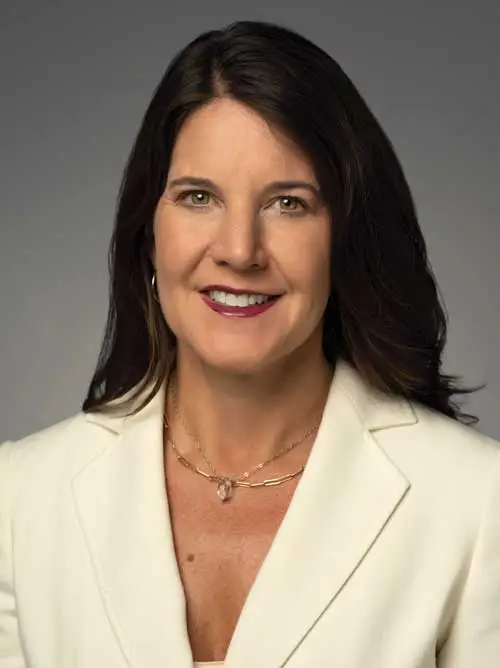
DANIELLE SOLOMON
NATIONAL INDUSTRY PARTNER
BKD NATIONAL HEALTHCARE GROUP
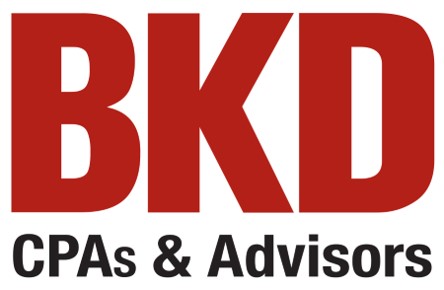
Since the Healthcare 2030 reports were assembled, inflation has reared its head. How does that play into workforce issues?
Inflation is much higher than expected or predicted, and all this is happening while the workforce hasn’t recovered, creating huge issues for all organizations and specifically healthcare. Staffing shortages are real and don’t appear to be going away anytime soon, which is challenging healthcare providers to reimagine care delivery.
There is a quote from Albert Einstein that says, “In the midst of every crisis lies opportunity,” and I truly believe our healthcare providers are taking the opportunity to improve and adjust the way we deliver care. The additional cost of goods and services, including interest rates incurred by healthcare entities, puts additional pressure on margins, and subsequently the workforce.
The chaos of a global pandemic has created the perfect storm as inflation meets head-on with some of the highest labor rates seen in the industry. Increases in minimum wage, employee benefits and contract labor are a present reality that healthcare financial leaders must seek solutions for sooner rather than later.
Further, while providers have been assessing service lines for a number of years, the workforce shortages are forcing healthcare providers to close service lines to manage their workforce to their long-term strategy. These workforce changes are adding pressure on healthcare leaders to make abrupt decisions on which services they should continue into the future.
Is it still financially feasible to treat patients more like consumers?
I do not think it is a question anymore, I think it is a must. As discussed in the Healthcare 2030 report, most if not all patients expect shopping for health care services to be easier and more timely, and I think most of us in the industry agree and would like to get to that point. If healthcare organizations do not adapt their service offerings to appeal to consumers, they will lose patients to those systems or venture capitalists that do. When patients spend time to look for healthcare services, they want to pick the provider they want to see, when they want to see them and have a good idea of how much it is going to cost them prior to booking the appointment — similar to how we as consumers make decisions about most every other service.
In addition, if the healthcare service is available through telehealth, that may be preferable to many patients now. The importance of online electronic health record [EHR] portals accessible via an app, with functionality consumers need and demand, will help. Also, reminders, connections, follow ups, etc., can be sent to the patients to improve their healthcare and patient experience.
So, it is not whether it is financially feasible, it is how do health systems become better and measure the return on investment for treating patients more like consumers.
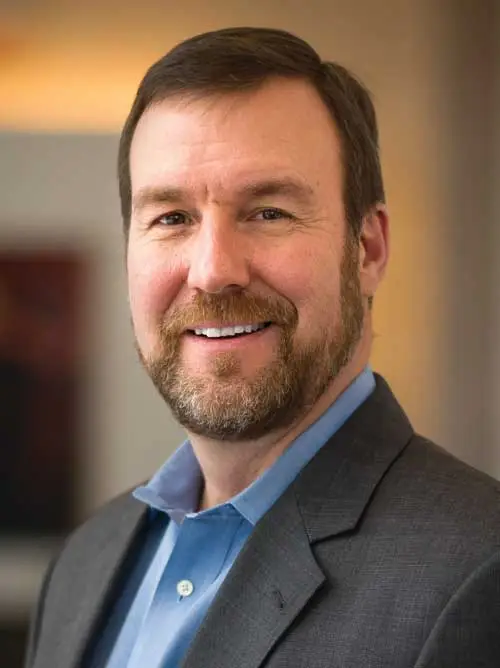
ROB GAMBLE
DIRECTOR AND PERFORMANCE PRACTICE LEADER
THE CHARTIS GROUP
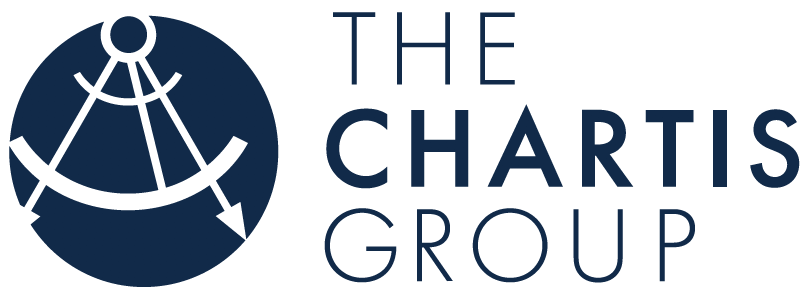
What are some of the biggest takeaways from the Healthcare 2030 series?
My biggest takeaway from the research, and frankly the work I do day-to-day with healthcare organizations, is that the pandemic has created unprecedented pressures on the workforce that have created never-been-seen-before burnout and labor shortages. And those workforce pressures have created unprecedented business challenges. Now more than ever, organizations have to figure out how to balance labor and cost pressures for workforce and financial health.
What can providers do to mitigate burnout in the workforce?
The burnout factor is playing out in real time at every single healthcare organization, and it is those organizations’ duty to help the people who have served their communities fearlessly throughout the pandemic. Health systems need to look across the organization and the balance sheet to find new sources of capital to fund reinvestment in the workforce. They also have the opportunity to engage their workforce like never before. Be more visible and accessible to your teams. Get them more involved in solving problems wherever possible. Organizations who engage and listen to their staff and get creative in their solutions will see an upside in both staff retention and patient satisfaction — a huge opportunity for those who get it right.
Along the same lines, what can providers do to alleviate the labor shortage?
Consider ways to provide flexibility to support your frontline staff, and research what new technologies to deploy to enable efficiencies. Then, find ways to embed those solutions permanently in your operations. Healthcare organizations have a huge opportunity to be creative in the ways they deliver care. Consider hospital at home: 18 months ago, it wasn’t part of the discussion in a meaningful way. Now, many organizations are actively defining how it can help them. That’s just one example of the creative care delivery models that are here to stay and will help create stronger outcomes for both financial and workforce health.
How can providers find the time and money to address these workforce challenges?
The simple answer is that organizations have to find a way to be proactive and prioritize their workforce health, or they will find themselves reacting to the negative implications. The more complicated answer is that organizations have to find a way to build upon what they’ve already learned from the early days of the pandemic. Organizations proved they could communicate effectively in challenging times, and they proved they could be agile in changing care delivery. They need to tap into those learnings and reinforce those behaviors to take advantage of the mid- to long-term opportunities afoot. A lot of organizations fall back into their old management systems when they’re no longer in crisis, and the thing to remember is that we are not going back as a society — so healthcare organizations can’t revert either.
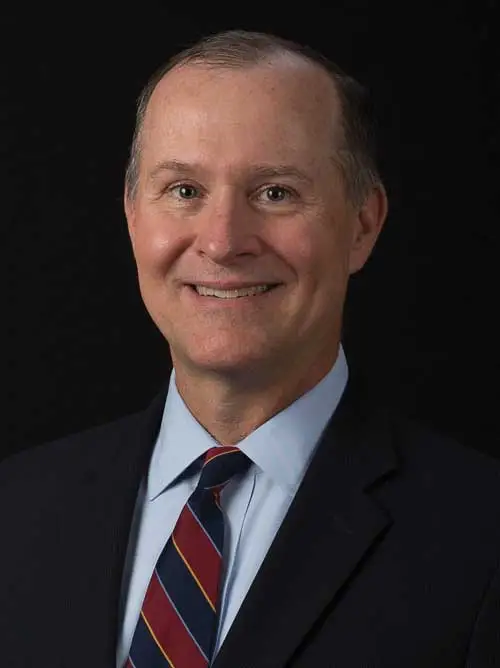
MIKE MORRIS
PRESIDENT AND CEO
XTEND HEALTHCARE
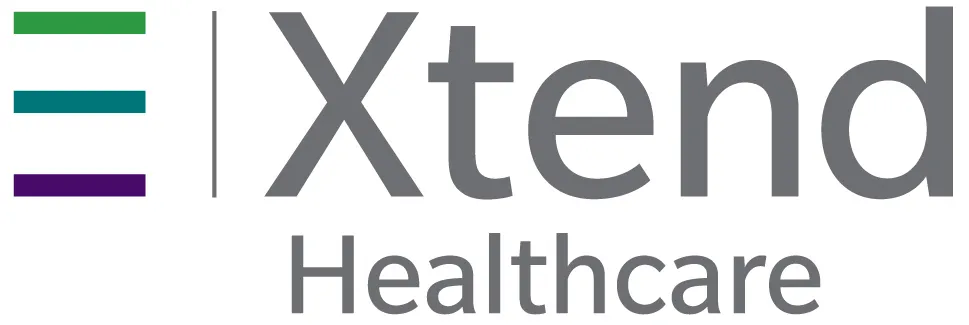
A recurring theme in the series is that hospitals are going to be under greater financial pressure. How can hospitals accomplish more in revenue cycle with less, thereby reducing their cost to collect?
The financial pressure faced by health systems today is intense and likely to grow more intense in the future. The prevailing trends of additional governmental regulation and the increase in payer-friendly policies adopted by payers can ultimately result in a reduction in the payments providers receive for services. Due to these trends, it is now more costly than ever to get claims paid accurately, which forces the need for the entire industry to radically change how revenue cycle functions are performed. Additionally, the industry must accomplish great change during a time when access to experienced revenue cycle professionals is scarce. Because the pandemic has prompted many people to switch careers and work priorities — a “people-intensive” solution cannot be the answer. The only viable solution is leveraging technology to drive material automation.
Technology investments can be tricky though. There are many examples of health systems that deployed new revenue cycle tools without achieving the return on investment that they were promised. To get better outcomes in the future, health system executives should:
- Encourage their revenue cycle team to point out inefficient processes. Actionable cost-saving ideas that can reduce the amount of manual work required is top-of-mind for the team in the trenches working hard each day. Consider providing small financial rewards to the team members with the best ideas. Also, let them know that there will always be a role for top performers. Automation handles the routine, and top performers tackle the complex.
- Embrace robotic process automation, artificial intelligence and machine learning to eliminate manual processing that can be automated. The combination of these newer automation technologies can analyze events to identify the best path a claim should take to adjudicate accurately without manual intervention — reducing the cost to collect for health systems. The more data gathered, the more precise and efficient these tools become.
- Use an incremental approach. Consider engaging a trusted revenue cycle vendor that has built these tools for other health systems and has the resources to operate and fine tune them over time. A technology-enabled services partner can deliver both the tools and the resources to assure the expected benefit.
The time for radical change is here. Financial challenges dictate that business as usual won’t suffice. Fortunately, there are technologies that are rapidly maturing that will allow health systems to accomplish more at a lower cost.







